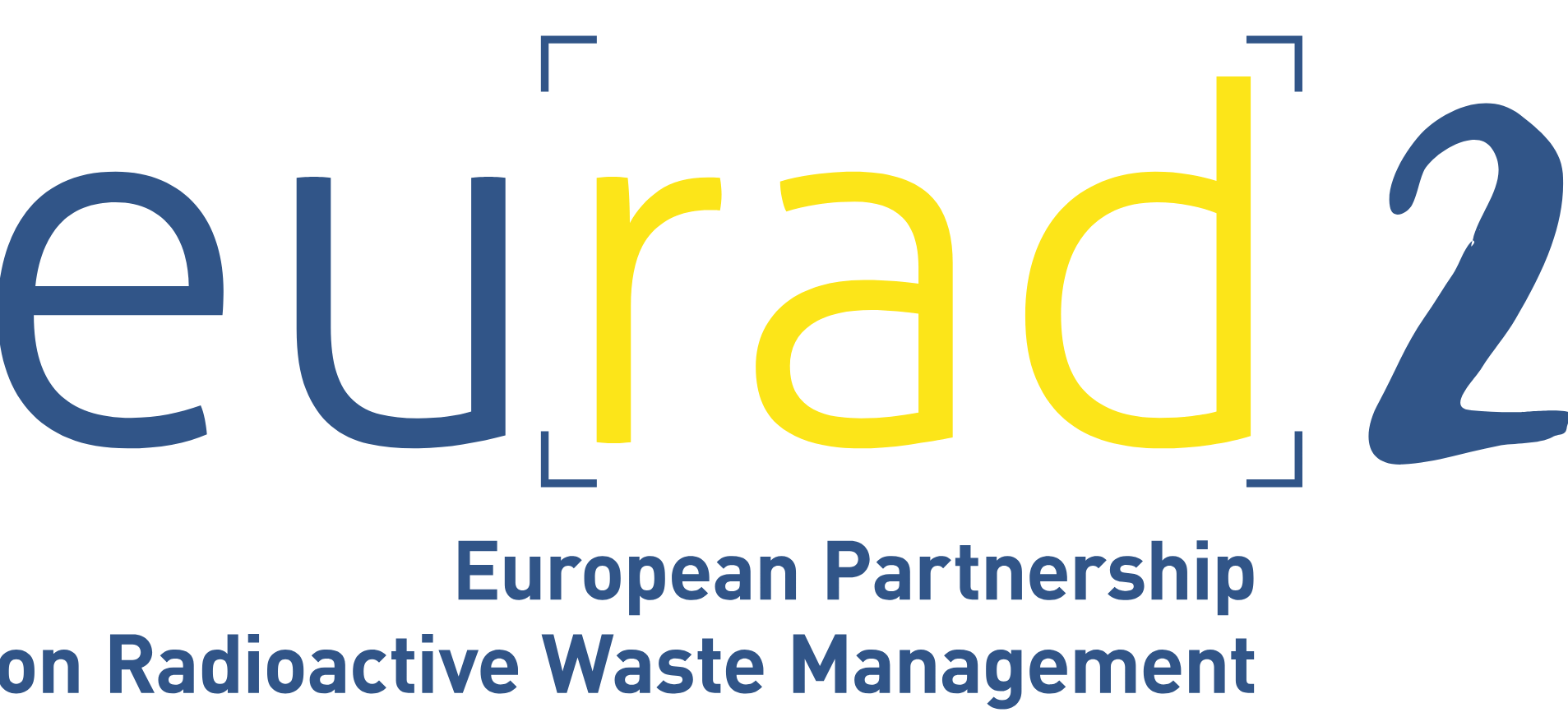Hydraulic mechanical chemical evolution of bentonite for barriers optimisation (ANCHORS)
Overview
In most repository concepts, bentonite is used as the principal geomaterial sealing element in these systems. Thus, the knowledge of long-term Thermo Hydro Mechanical Chemical (Gas) (THMC(G)) behaviour of bentonite-based components contributes, as a main factor, to safety improvement, design, and optimisation of the EBS.
Objective
The objective of this WP is to increase the optimisation potential of bentonite barrier systems: buffer, backfill and seals, and the Safety Case resilience 1) by qualifying the Hydro Mechanical (HM) behaviour of various kind of bentonite types and mixtures through laboratory experimental programme focused on heterogeneity, chemical effects and friction at different scales and 2) by improving the numerical tools that are necessary to carry out performance assessment of bentonite barriers in a Thermo Hydro Mechanical Chemical (Gas) (THMC(G)) repository environment.
Specific objectives of the proposed work package are:
- Investigate the chemical effects (mainly alkaline and saline conditions) on the HM behavior of bentonite and bentonite-based mixtures and its effect in performance assessment, mainly in sealing capacity under lower swelling pressures and the effect of water chemistry on fluid permeabilities.
- Investigate the effect of scale in laboratory tests (small vs mock-up scales) and the upscaling effect when the laboratory tests results are used in modelling at full-scale.
- Investigate the friction effect in laboratory tests and its implementation in full-scale modelling to investigate the effect on density distribution in the EBS constructed with bentonite and bentonite mixtures.
- Investigate the impact of the heterogeneities in bentonite barriers when they are emplaced (initial conditions) and how the heterogeneities after the hydration process affect the long-term sealing performance under repository boundary conditions.
- Investigate the Influence of different conditions during the hydration process: sodium vs bivalent bentonites and hydration velocity (also related to chemical effects) on density distribution.
- Improving THMC(G) models considering the chemical effects in HM behaviour. The quality of the improvements will be assessed through experimental and numerical benchmarking. It will be possible to assess the robustness of the models due to different bentonites and bentonite mixtures will be tested.
- Carrying out performance assessment considering thermal and chemical effects.
Additionally, this work package involves the establishment of a comprehensive database containing THMC(G) material properties and representative numerical results for various kinds of bentonites and bentonite mixtures. These efforts ultimately contribute to the optimisation of Deep Geological Repository (DGR) designs and to improve the performance assessment, obtaining better simulations of the DGR evolution.


